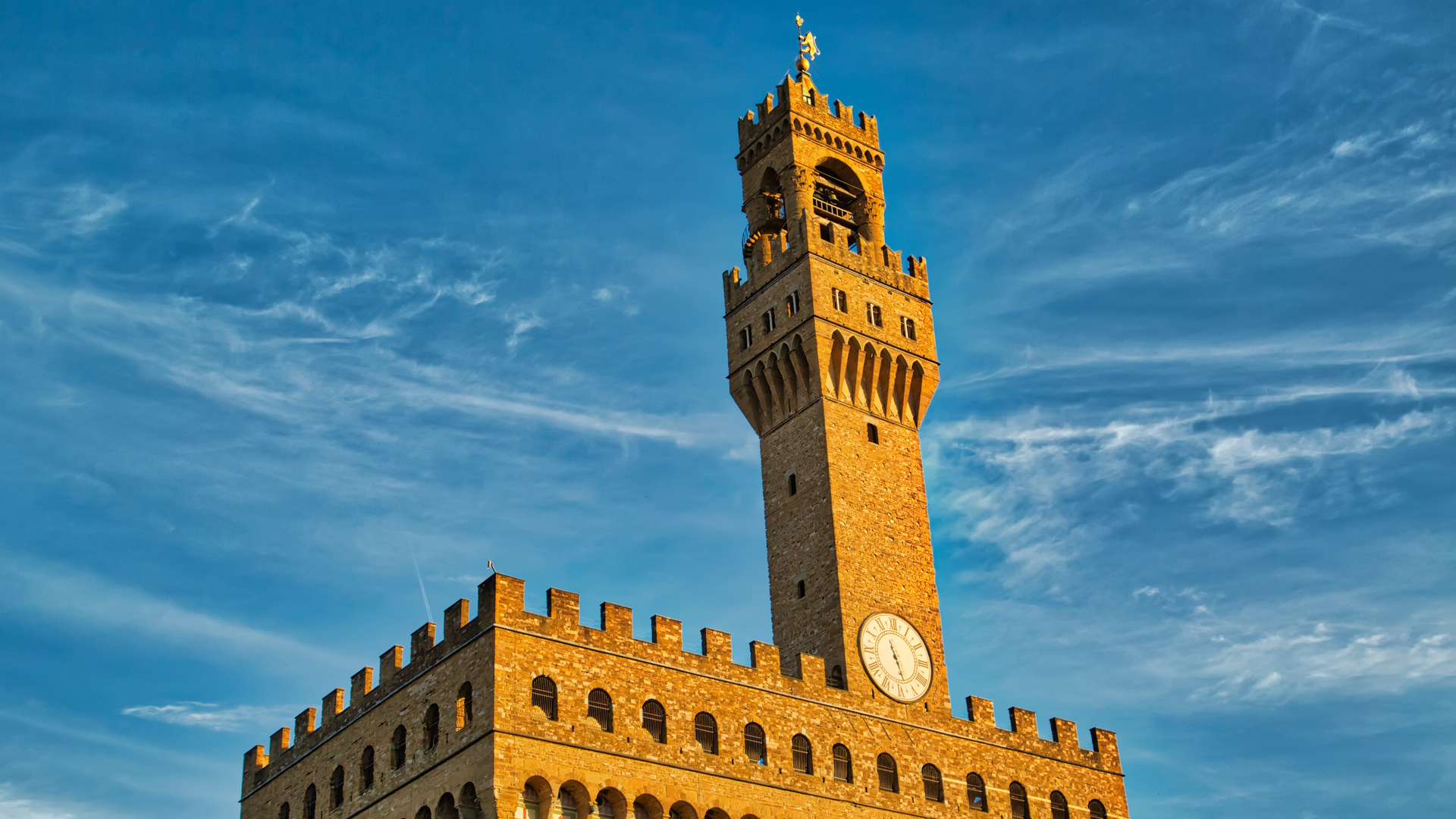The past year has seen a wave of French institutions descend upon Shanghai’s cultural district and a host of British museums occupy various Chinese e-commerce platforms. Perhaps now, it’s Italy’s turn, as news of the Uffizi Galleries signing a five-year deal with Hong Kong’s cultural authorities comes to light.
It’s the first time the famed Florentine museum has struck a long-term partnership with a foreign institution, despite the development arriving against a backdrop of Italian protectiveness towards its cultural heritage. The mecca of Renaissance art will be twinned with Hong Kong’s Leisure and Cultural Services Department (LCSD), which operates 17 local museums, in an agreement that promises to bring major exhibitions and artistic expertise to the Chinese metropolis in exchange for financial support.
The Hong Kong Museum of Art is set to host its first exhibition between September 2020 and January 2021 with a show featuring 15th-Century works from masters such as Sandro Botticelli and Filippo Brunelleschi. The announcement is timely given that 2020 was earmarked as the Italy-China Year of Culture by Chinese President Xi Jinping and his Italian counterpart, Sergio Mattarella, in Rome last March.
“We are excited to announce this collaboration with the Hong Kong museum system,” says the Uffizi’s new director Eike Schmidt in a statement. “The agreement demonstrates Hong Kong’s strategic position as a stage for cultural exchange and will benefit not only Hong Kong but establish a positive model of collaboration for the region.”
The collaboration agreement between the Uffizi and the LCSD arrives at a stressful moment for Hong Kong’s art scene. More than six months of demonstrations are threatening to undermine a city that has long promoted itself as a hub for Asian art — a point that gained new traction with China’s Open Door Policy in 1978. Since the mid-2000s, Hong Kong’s free-port status has driven a booming art market with international auction houses and art fairs that have leveraged the historic city as a way to court a wave of newly-rich Chinese. And this commercial scene has been complemented by rich offerings from the city’s museums and arts institutions.
Sotheby and Phillips both released disappointing figures for October in Hong Kong, there have been murmurs surrounding the status of Art Basel Hong Kong and the worries remain that a general cooling in the city’s art market could also affect the wider cultural scene. As shown by the Centre Pompidou opening in Shanghai and the Rodin Museum expansion into Shenzhen, international institutions are increasingly looking beyond a city that once stood as an important link between China and the West.
In this light, the Uffizi Galleries entrance into the city offers hope.



